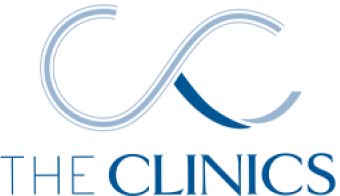
Septoplasty
Septoplasty and turbinate reduction is a surgical nose procedure that aims to correct issues with the nasal septum.

What is Septoplasty?
Septoplasty and turbinate reduction is a surgical nose procedure that aims to correct issues with the nasal septum, the wall of cartilage and bone that divides the nostrils. People often choose to undergo septoplasty if they have trouble breathing due to a deviated septum, misaligned nasal bones, or other nasal issues.
In some cases, septoplasty may also involve turbinate reduction, which improves nasal airflow. If you’re considering septoplasty in Riyadh, it’s important to find a reputable surgeon and clinic (not necessarily based on cost). Someone who specializes in this type of nose treatment can greatly reduce your chances of developing serious complications after your nasal surgery.
Septoplasty differs from rhinoplasty in that it focuses on nose function rather than cosmetic appearance. Remember, the goal of your septoplasty procedure is to improve your quality of life by addressing any breathing difficulties you may be experiencing.
Septoplasty and turbinate reduction is usually performed under general anesthesia. Your surgeon will then make an incision inside your nose to access the septum. They will carefully straighten or remove any deviated or obstructive parts of the septum, such as septal cartilage, to improve your airflow and alleviate any breathing difficulties.
Septoplasty Quick Facts:
| Cost of Septoplasty | TBD |
|---|---|
| Duration of Treatment | procedure time is 1-2 hours |
| Days of Social Downtime | septoplasty recovery is normally 7-14 days |
| How Long It Lasts | permanent although revision may be required |
| Pain Management | prescription or over the counter pain medication |
| Home Care Instructions | you will wake up from your nose surgery with nasal packing. After care instructions will be provided. |
| No. Of Sessions Required | 1-2 |
| Final Results | Improved breathing and overall quality of life. |

Septoplasty Benefits
When it comes to dealing with chronic nasal congestion, septoplasty surgery can offer significant benefits for the nasal cavity and nasal function. Modern surgical techniques can improve airflow and alleviate breathing issues, sleep apnea, nasal discomfort, snoring, nasal infections and other issues.
Turbinate reduction performed during a septoplasty can further enhance the results. By addressing issues within the nasal passages, this surgery can provide long-lasting relief for those suffering from persistent nasal problems. Whether it’s improving breathing or reducing symptoms of allergies, a septoplasty can be a game-changer in the treatment of nasal issues.
What Does Septoplasty Surgery Treat?

Deviated or Crooked Septum
Septoplasty is surgical correction for nose problems such as a deviated septum, where the nasal septum is displaced to one side, causing obstruction and difficulty breathing.

Nasal (Nose) Obstruction
Septoplasty, together with a procedure for turbinate reduction, can alleviate nasal obstruction by clearing nasal passageways caused by a deviated septum. This allows for improved airflow and easier breathing through the nose.

Chronic Sinusitis
In some cases, septoplasty and turbinate reduction may be recommended for individuals with chronic sinusitis (inflammation of the sinuses). Sinus infections and nasal airway can be improved through sinus drainage.

Snoring (procedure to correct deviated nasal septum)
Septoplasty may be performed to address snoring caused by nasal obstruction due to a deviated septum, helping to reduce or eliminate snoring in some cases.

Sleep Apnea
While not a primary treatment for sleep apnea, septoplasty may be recommended as part of a multi-disciplinary approach to manage obstructive sleep apnea.

Facial Trauma
This surgical procedure may be performed to correct nasal deformities such as septal perforation or breathing difficulties resulting from facial trauma, such as a broken nose, restoring nasal function and aesthetics.

Nasal Congestion
Septoplasty can alleviate nasal congestion by correcting structural abnormalities in the nasal septum such as septal deviation, allowing for improved airflow and reduced nasal blockage.

Nasal Polyps
Although septoplasty primarily addresses issues related to the nasal septum, it may be performed concurrently with other procedures, such as nasal polypectomy, to treat nasal polyps.

Chronic Rhinitis
Septoplasty may be recommended for individuals with chronic rhinitis, inflammation of the nasal tissues, to improve nasal airflow and alleviate symptoms such as nasal congestion, runny nose, and postnasal drip.
ELEGIBILITY Who is a Good Candidate
Septoplasty treatment in Riyadh is recommended for individuals who are experiencing chronic nasal congestion, difficulty breathing, or frequent nosebleeds. Suitable candidates can also be suffering from a deviated septum or nostrils that are misaligned. By correcting these issues septoplasty can improve airflow, alleviate symptoms, and enhance overall quality of life.
We invite you to book a consultation with one of our Plastic Surgery experts at to find out if Septoplasty in Riyadh, Saudi Arabia is right for you.




